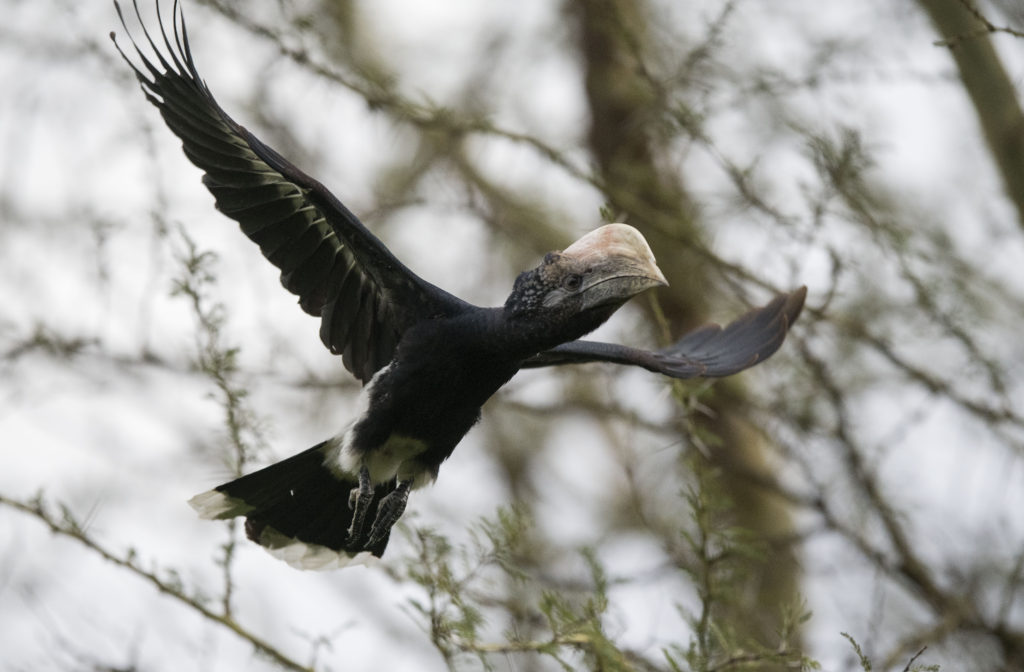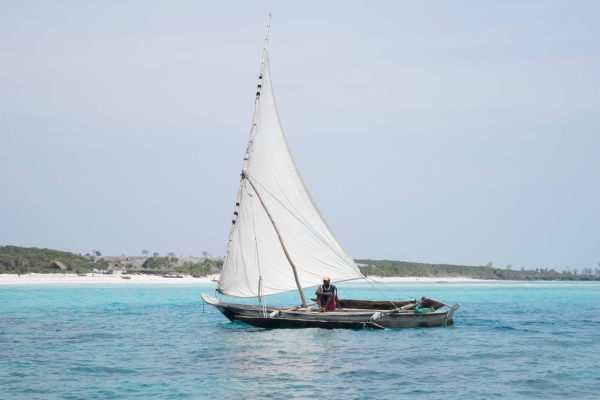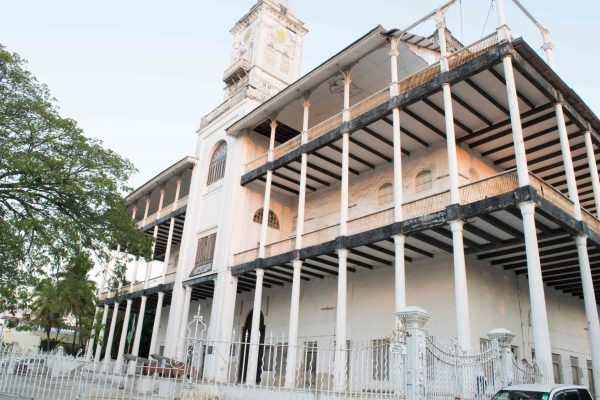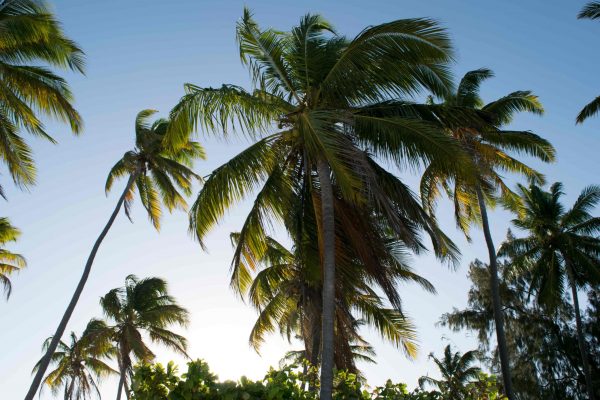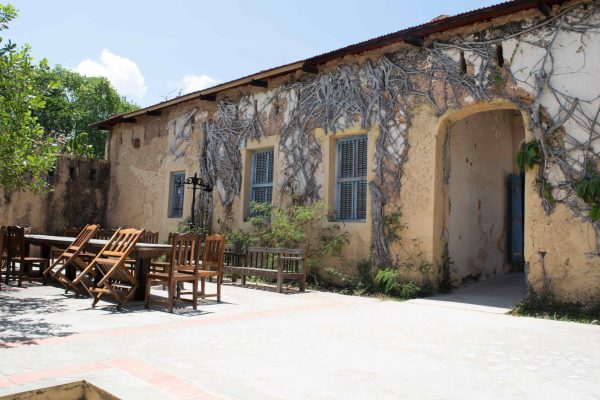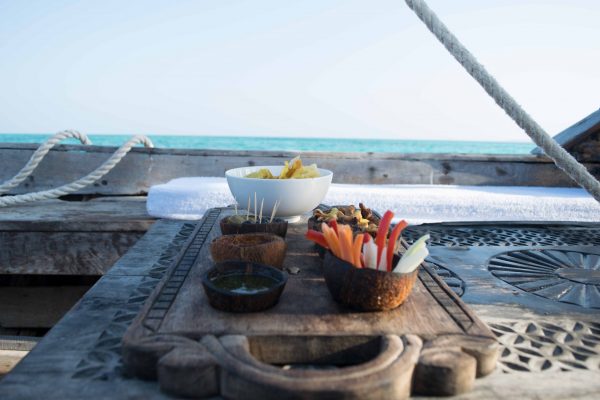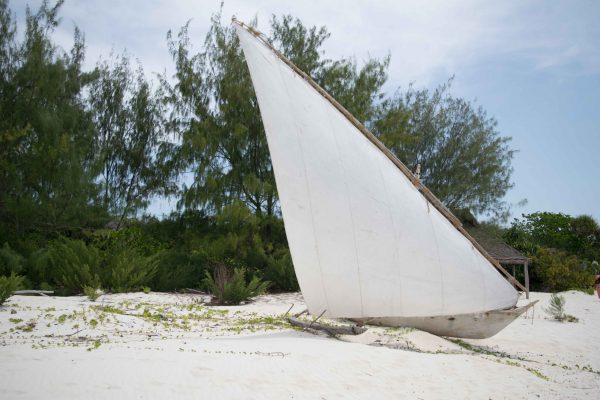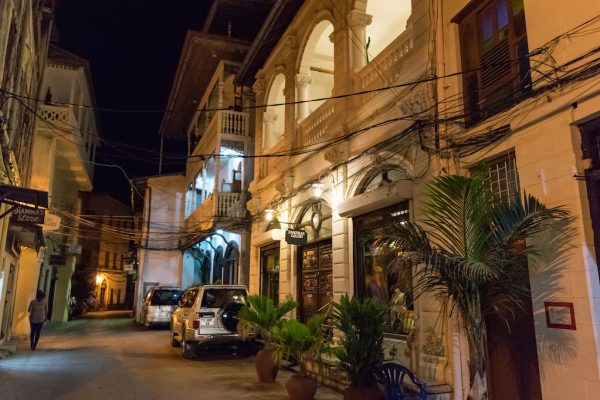Overview
Unguja, more divinely referred to as “Zanzibar Island” or simply “Zanzibar”, is the largest and most populated island of the Zanzibar archipelago covering an estimated area of 1,666km2 to the east of the mainland of Tanzania. The Zanzibar archipelago consists of four main islands. Unguja is the largest followed by Pemba then mafia. The fourth and smallest is a coral island that serves as an essential breeding ground for seabirds. Several other smaller islets surround these main islands. Collectively, this band of islands have been branded “the spice Islands” owing to the large number of aromatic plants that grow on this archipelago. These include, cloves, nutmeg, vanilla, cardamom and cinnamon among several others.
Looking back in time, the islands were popularized by traders voyaging between the African Great Lakes, the Somali Peninsula, the Arabian Peninsula, Iran, and the Indian subcontinent. With few products of value back then, Unguja Island had an advantage to it in that it offered a protected and defensible harbor. This was a favorable condition for the Omanis and Yemenis who settled on the island giving rise to the oldest city in Unguja, Zanzibar Stone Town. They then proceeded to establish garrisons and built the first mosque in the African Great Lakes region. Rolling on into time, Zanzibar was invaded by Portuguese explorers who became the first European power to set foot on the island. They held power and kept authority for nearly 200 years before losing it back to the Sultanate of Oman. Having realized the fertility of the land, the sultanate developed spice plantations which subsequently became an important strategic base for the highly profitable spice trade. Besides spices, Omanis also traded in ivory from elephant tusks hunted from the Tanzania mainland known as Tanganyika back then. With reinforced control over the African Great Lakes region and extensive inland trading routes, the Sultan of Zanzibar had great influence in establishing and popularizing slave trade as the third most popular form of trade on this richly historic island. Sporadically, the British Empire took control of Zanzibar and in 1890 the islands came under the British protectorate. In this tag-of-war for control over the Island between Great Britain and the Zanzibar Sultanate, a military conflict arose in what has gone down in history as the shortest war ever recorded. It took place on the 27th of August, 1896 and lasted between 38 and 45 minutes. The islands remained in custody of the British colonizers until 1963 when they gained independence as a constitutional monarchy. A month later, the bloody Zanzibar Revolution led to formation of the Republic of Zanzibar and Pemba which later subsumed into Tanzania after merging with mainland Tanganyika.

Zanzibar is characterized by beautiful sandy beaches with fringing coral reefs, and the magic of the historic Stone Town – supposedly the only functioning ancient town in East Africa. Explore the forests, with their rare flora and fauna. Or visit some of the many ancient, archaeological sites. Spend a few days here immersing yourself and loved one in the magic that is Zanzibar. Key highlights to be wary of include wandering through Stone Town’s narrow, cobbled streets, relaxing on picture-perfect beaches, Island Excursions of the several islands surrounding the main Unguja Island, diving and Snorkeling amid shoals of colorful fish around Mnemba atoll, Misali Island or elsewhere around the archipelago, browsing for souvenirs in tiny shops fragrant with spices and relishing on the arab-swahili cuisine and sea-food in the Forodhani garden by the break of dusk.
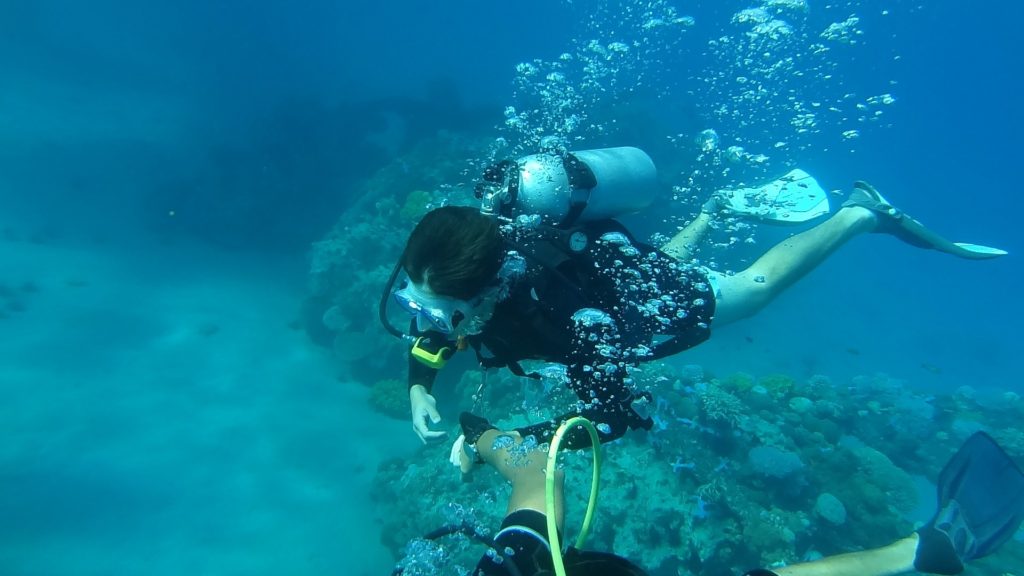
Zanzibar, Pemba and Mafia Islands experience ideal beach holiday weather for most of the year. The heat of summer is seasonally often cooled by windy conditions, resulting in pleasant sea breezes, particularly on the North and East coasts. Being near to the equator, the islands are warm all year round, but officially, summer and winter peak in December and June respectively.

You can never go erroneous with accommodation in Zanzibar considering the heterogeneity in choice to decide on ranging from elite lavish resorts, sensuous boutique bungalows, luxuriously tailored stone town hotels to the voluptuous coconut thatched chalets styled to absorb both contemporary and the rustic ancient Arabic mood all considerate of their pricing, safety, security, activities and personalized services to meet your true island experience expectations

- Beit EL-Ajaib (House of Wonders)
- Beit El-Sahel (Palace Museum)
- Old Fort
- Anglican Cathedral & Old Slave Market
- ST Joseph’s Cathedral
- Mosques
- Hamamni Persian Baths
- Beit El-Amani (Peace Memorial Museum)
- Livingstone House
- Ruins of Mbweni, Maruhubi & Mtoni Palace
- Old Dispensary
- Victoria Hall & Gardens

BY AIR: Scheduled daily flights are available connecting Zanzibar with Dar es Salaam, Arusha, Selous Game Reserve, the Northern Parks and Tanga via Pemba.
BY BOAT: Hourly ferry connections are available from Dar es Salaam to Zanzibar and vice versa
